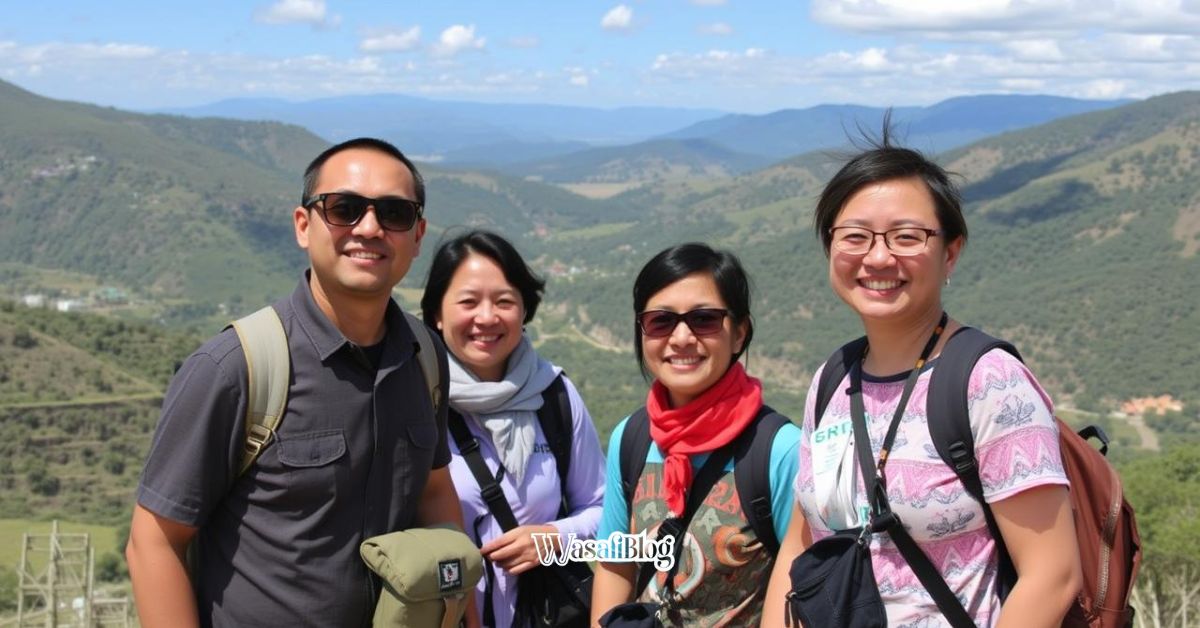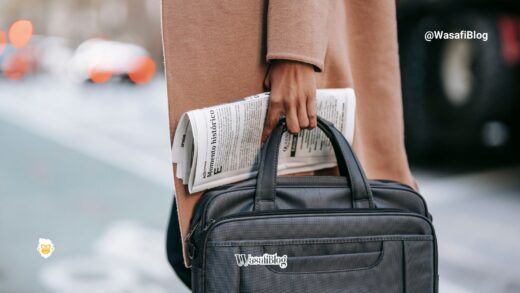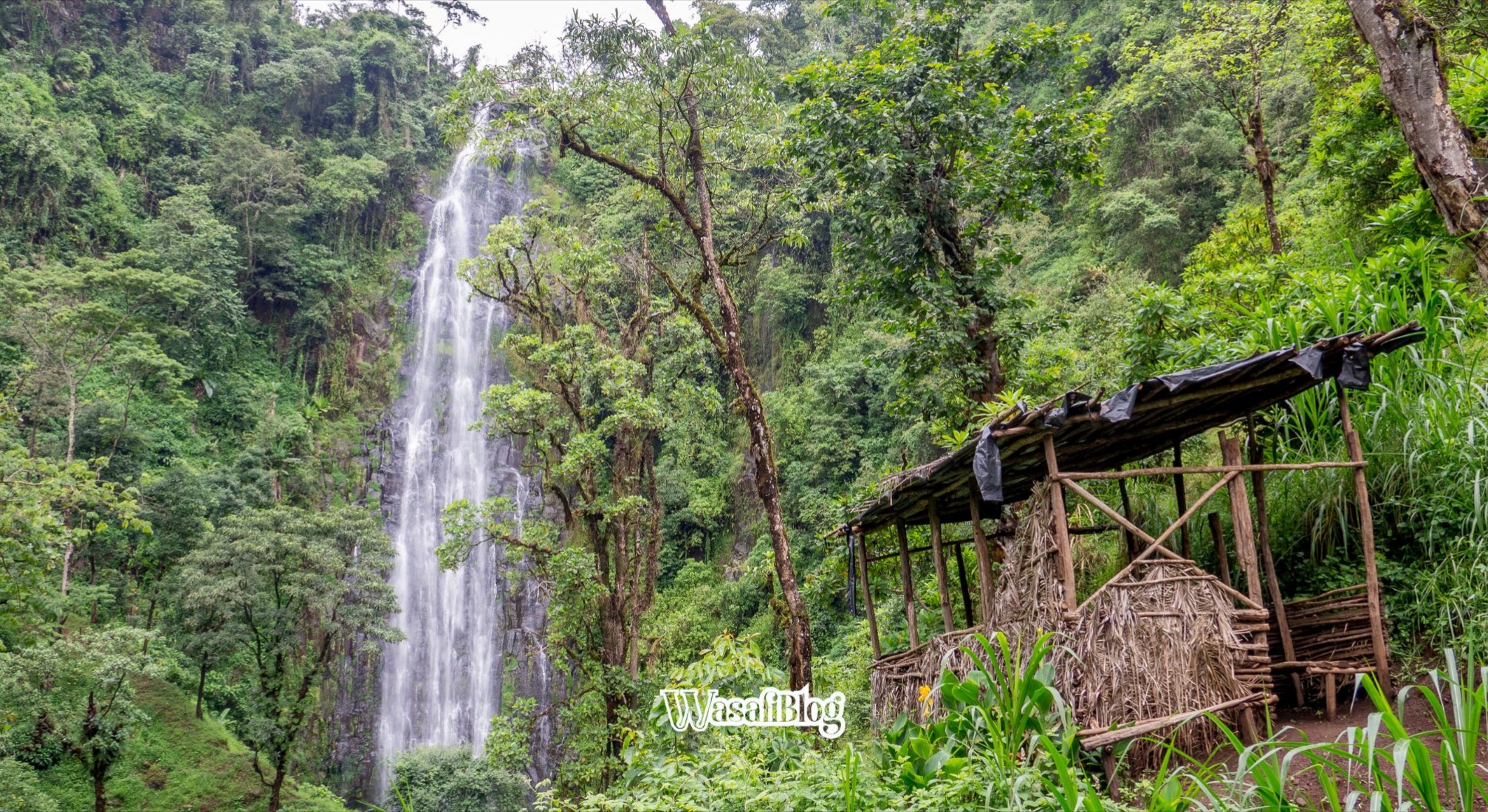The dream of standing on the Roof of Africa – Uhuru Peak, Kilimanjaro – is a powerful one. I know, because I’ve dreamt it, and for many, that dream becomes a breathtaking reality. You envision the amazing landscape beyond Moshi town, the camaraderie with your fellow climbers, the incredible sense of achievement as you watch the sunrise from above the clouds. But there’s a silent, insidious threat that can turn that dream into a painful ordeal: foot blisters.
Imagine this: You’ve trained for months, saved your hard-earned money, flown halfway across the world, and finally, you’re standing at the base of Mount Kilimanjaro. The air is electric with anticipation, the iconic peak looming majestically above you. You start your ascent, feeling strong and exhilarated.
Now, imagine doing all of that, only to have your dream threatened by something as tiny and insidious as a blister. A throbbing, stinging, debilitating blister that turns every step into an agony, every incline into a torment, and every moment of joy into a painful distraction. Blisters are, without a doubt, one of the most common and morale-crushing issues hikers face on Kilimanjaro. They can turn a once-in-a-lifetime adventure into a miserable ordeal, and in severe cases, even force you off the mountain.
Kili-Proof Your Feet: How To Avoid Foot Blisters on Kilimanjaro
But here’s the good news: you don’t have to let them pop your summit dream! With the right knowledge, preparation, and on-trail vigilance, you can keep your feet happy, healthy, and blister-free all the way to Uhuru Peak. This isn’t just a guide; it’s your personal foot-care manifesto for conquering Africa’s rooftop with comfort and confidence.
Let’s dive in and learn how to avoid foot blisters when hiking Mount Kilimanjaro making sure your feet are as ready as your spirit!
1. The Foundation: Pre-Trip Foot Prep (Don’t Skip This!)
Your journey to blister-free bliss starts long before you even pack your bags. Think of it as building a strong foundation for your feet.
- Toughen Up (Gradually!): While you don’t want calluses to be rock-hard, you do want your skin to be resilient. Start an exercise routine that includes plenty of walking in your hiking boots well in advance. Gradually increase the distance and duration. This helps your feet adapt to the friction and pressure they’ll experience on the trail.
- Nail Care is Self-Care: Long toenails are a blister’s best friend. They can press against your boots, creating pressure points, or even cause bruising under the nail (known as “black toenail”), especially on descents. Keep your toenails trimmed short and filed smooth. Do this a few days before your trip, not the day before, to avoid any last-minute nicks.
- Moisturize (or Not?): There’s a bit of debate here. Some advocate for keeping skin dry and tough; others for supple, moisturized skin. The key is balance. You don’t want overly dry, cracked skin, which is prone to tearing, nor do you want overly soft, delicate skin. A good foot balm or moisturizer applied regularly in the weeks leading up to your trek can keep your skin healthy and pliable, making it less susceptible to friction injuries.
- Address Existing Hot Spots: If you know you have areas prone to friction even in daily life, start addressing them now. Perhaps a thin layer of sports tape on a specific toe during your training hikes could make a difference.
2. The Unsung Heroes: Your Socks
You might think socks are just socks, but on Kilimanjaro, they are your feet’s first line of defence. This is not the place to skimp!
- Material Matters – Say NO to Cotton! Cotton absorbs moisture and holds it against your skin, creating a damp, swampy environment – a perfect breeding ground for blisters. Instead, opt for merino wool or synthetic blends. These materials excel at wicking moisture away from your skin, drying quickly, and regulating temperature. Merino wool is particularly fantastic because it’s naturally anti-microbial, meaning your feet (and tent) will smell a little less like a locker room.
- The Power of Layering: Many experienced hikers swear by a two-sock system.
- Inner Liner Sock: A thin, synthetic or merino wool liner sock worn directly against your skin. Its job is to wick moisture away and act as a barrier, reducing friction between your foot and the outer sock.
- Outer Hiking Sock: A thicker, cushioned merino wool or synthetic sock worn over the liner. This provides padding, warmth, and additional moisture wicking. The friction that would typically occur between your foot and the outer sock is instead absorbed between the two sock layers, protecting your skin.
- Get the Right Fit: Your socks should fit snugly, with no wrinkles or bunching. Too loose, and they’ll slide around, causing friction. Too tight, and they can restrict circulation. Try them on with your hiking boots to ensure a perfect match.
- Quantity is Key: Bring enough pairs to change at least once a day, preferably twice if your feet sweat a lot or get wet. Aim for 5-7 pairs of liner socks and 3-5 pairs of outer socks for a 7-day trek. Dry socks are happy socks!
3. The Crucial Choice: Your Boots
Your hiking boots are arguably the most important piece of gear you’ll bring. Choose wisely, and treat them well.
- Break Them In – No Exceptions! This is non-negotiable. Do not, under any circumstances, bring brand new boots to Kilimanjaro. Buy your boots several months in advance of your trip and wear them everywhere. Wear them on walks, errands, grocery runs, and especially on your training hikes. You need to mold them to your feet and allow the material to soften and adapt. Aim for at least 50-100 miles of wear-time before your trek.
- Fit is Fundamental: Go to a reputable outdoor gear store with experienced staff who can properly measure your feet and help you find the right fit. Your feet swell when hiking, especially at altitude, so try on boots at the end of the day when your feet are largest. You should have about a thumb’s width of space between your longest toe and the end of the boot when your heel is firmly seated. Your heel should feel snug, not slipping or lifting significantly. There should be no pressure points.
- Waterproofing (and Breathability): Kilimanjaro weather is unpredictable. You’ll encounter rain, potentially snow, and misty conditions. Waterproof boots are essential. However, they also need to be breathable to allow sweat to escape, preventing a damp environment inside. Look for Gore-Tex or similar waterproof-breathable membranes.
- Ankle Support: The trails on Kilimanjaro are rocky, uneven, and sometimes steep. Mid-to-high cut boots offer crucial ankle support, helping to prevent sprains and providing stability on challenging terrain.
- Weight vs. Support: Find a balance. You need boots that are sturdy enough to offer support and protection but not so heavy they become a burden.
4. The Art of Lacing: It Matters More Than You Think
Proper lacing can make a huge difference in how your boots feel and how well they prevent blisters. It’s not a one-size-fits-all approach.
- Snug, Not Tight: Your laces should be snug enough to hold your foot securely, preventing your heel from slipping and minimizing movement that causes friction. However, they shouldn’t be so tight that they cut off circulation or create painful pressure points.
- Heel Lock Lacing: This technique helps lock your heel in place, significantly reducing heel lift and the associated friction that causes blisters. You typically use the top two eyelets of your boot to create a loop that pulls your heel back.
- Window Lacing: If you have a specific hot spot or pressure point on the top of your foot, you can skip lacing over that particular area, creating a “window” to relieve pressure.
- Adjust for Terrain: You might want to loosen your laces slightly on uphills to allow for foot expansion and tighten them on downhills to prevent your toes from jamming into the front of the boot. Don’t be afraid to stop and adjust throughout the day. Your feet will thank you.
5. Proactive Striking: Addressing Hot Spots Immediately
This is where vigilance pays off. Don’t wait for a blister to form; address the precursor – the “hot spot” – as soon as you feel it.
- Listen to Your Feet: Pay attention to any unusual warmth, redness, tingling, or discomfort. That’s your foot whispering (or screaming!) that a blister is brewing.
- Stop and Inspect: As soon as you feel a hot spot, stop. Take off your boot and sock, and inspect your foot. Identify the exact location of the discomfort.
- Apply Protection:
- Moleskin: This classic provides cushioning and reduces friction. Cut it to size, slightly larger than the hot spot, with rounded edges (to prevent it peeling easily).
- Athletic Tape (Leukotape P or Kinesio Tape): Many experienced hikers swear by Leukotape P. It’s incredibly sticky and durable. Apply a single, smooth layer directly over the hot spot. It acts like a second skin, preventing friction from reaching your actual skin.
- Blister Plasters (Compeed): These hydrocolloid patches are designed to cushion and protect existing blisters, but they can also be used proactively on hot spots. They create a gel-like environment that helps prevent further damage.
- Smooth Application: Whatever you use, make sure it’s applied smoothly, without wrinkles or air bubbles, which can ironically create new friction points.
6. On-the-Mountain Care: Hygiene & Maintenance
Consistent foot care throughout your trek is paramount to keeping blisters at bay.
- Nightly Foot Routine:
- Air Them Out: As soon as you get to camp, take off your boots and socks. Let your feet breathe and dry out completely.
- Cleanliness: Give your feet a quick wipe-down with a damp cloth or baby wipe. This removes dirt and sweat, which can contribute to friction and infection.
- Elevate: If possible, elevate your feet slightly in your tent to help reduce swelling.
- Apply Balm: A specialized foot balm can help keep your skin conditioned and prevent excessive dryness or cracking.
- Dry Your Boots: If your boots get wet (and they probably will at some point), dry them out as much as possible overnight. Remove the insoles and stuff the boots with newspaper; it’s surprisingly effective at wicking out moisture. Never put them directly next to a roaring fire, as this can damage the materials.
- Change Socks Regularly: Remember those extra pairs? Use them! Changing into fresh, dry socks at lunch, or certainly every morning and evening, is one of the best things you can do for your feet. Damp socks equal blister potential.
7. The Pace of Kilimanjaro: Pole Pole!
There’s a reason the local guides constantly urge you to go “Pole Pole” (Swahili for “slowly, slowly”). It’s not just about altitude acclimatization; it’s also about your feet!
- Less Friction, Less Sweat: A slower, more deliberate pace means less frantic movement within your boots, reducing friction. It also means you’ll sweat less, keeping your feet drier.
- Mindful Steps: Going slow allows you to place your feet more carefully, avoiding awkward landings or unnecessary rubbing. You can pick your way through rocky sections with greater precision, minimizing impact and unnecessary strain on your feet.
- Take Breaks: Don’t be a hero. Take advantage of scheduled breaks. Sit down, take the weight off your feet, maybe even quickly air them out.
8. When Blisters Strike: First Aid & Management
Even with the best preparation, sometimes a blister just happens. Don’t panic; know how to manage it.
- Small, Intact Blisters: Generally, leave small, unbroken blisters alone. The skin on top acts as a sterile bandage. Clean the area around it, apply a blister plaster (like Compeed) or a donut-shaped piece of moleskin around the blister (to relieve pressure) and cover with tape.
- Large or Painful Blisters (If You Must Pop): If a blister is large, painful, or in a high-friction area where it’s likely to pop on its own, you might need to drain it.
- Sterilize: Wash your hands thoroughly. Sterilize a needle with rubbing alcohol or by holding it in a flame until it glows red, then letting it cool.
- Puncture: Carefully make a small puncture at the edge of the blister, near the base where the skin meets the healthy skin.
- Drain: Gently press the fluid out. Do NOT remove the overlying skin, as it protects the raw skin underneath.
- Clean & Dress: Clean the area with antiseptic wipes. Cover with a sterile dressing, an antibiotic ointment, and then a blister plaster, moleskin, or athletic tape.
- Seek Guide Help: Your guides are experienced in dealing with blisters and will have a well-stocked first-aid kit. Don’t hesitate to ask for their assistance. They can often provide the right supplies and expertise to get you back on track.
Conclusion: Happy Feet, Happy Summit!
Conquering Kilimanjaro is an incredible feat, a test of endurance, mental fortitude, and preparation. Don’t let something as preventable as a blister derail your adventure. By investing time and effort into your foot care – from pre-trip preparation to diligent on-trail maintenance – you’re not just preventing discomfort; you’re safeguarding your entire experience.
Remember, it’s about being proactive, not reactive. Listen to your feet, be prepared with the right gear, and don’t hesitate to address any issues the moment they arise. With happy, healthy feet, you’ll be able to fully embrace every breathtaking view, every challenging step, and every moment of triumph on your way to the Roof of Africa.
Now go forth, prepare those magnificent feet, and get ready to summit Kilimanjaro with nothing but joy in your heart and comfort in your stride! Pole Pole.





